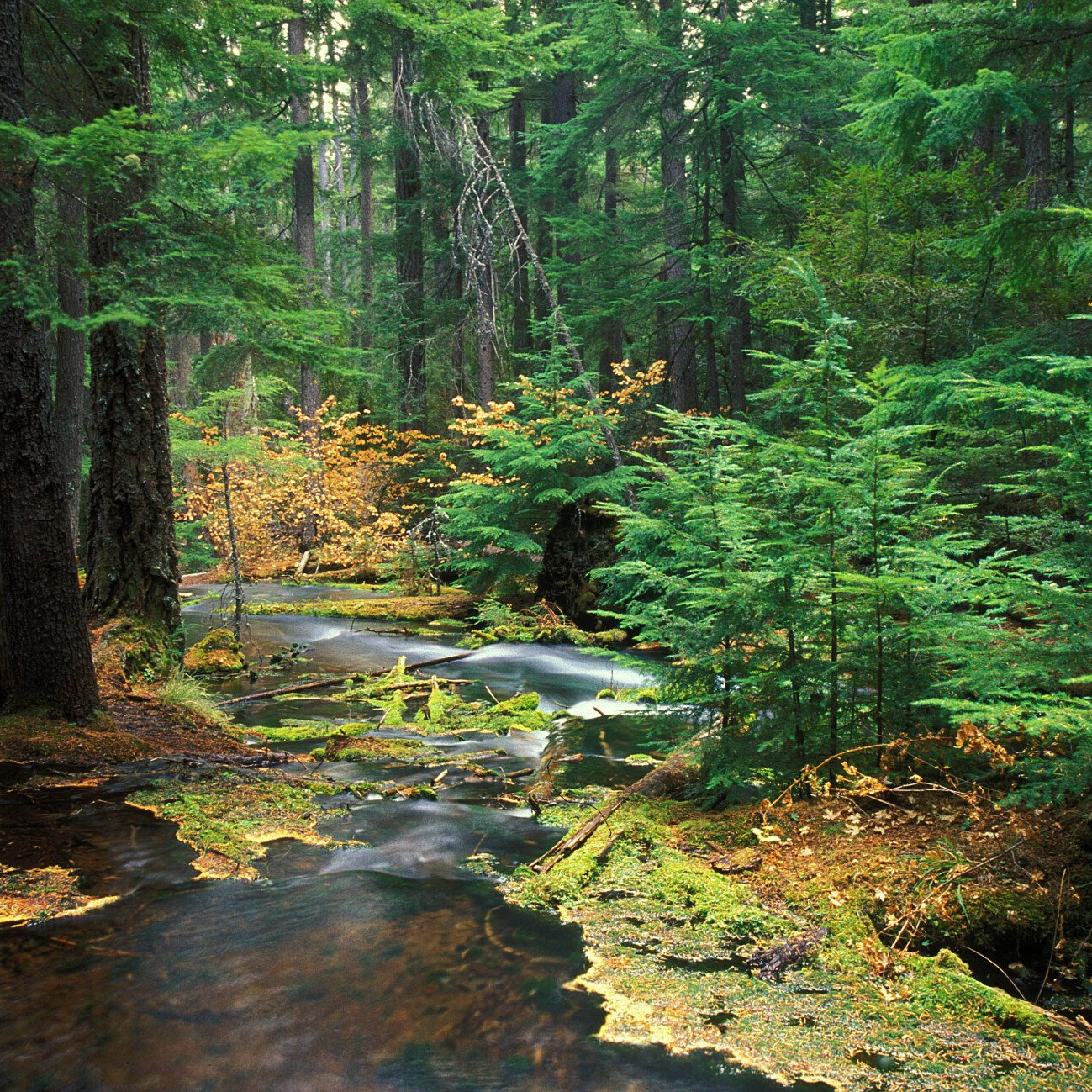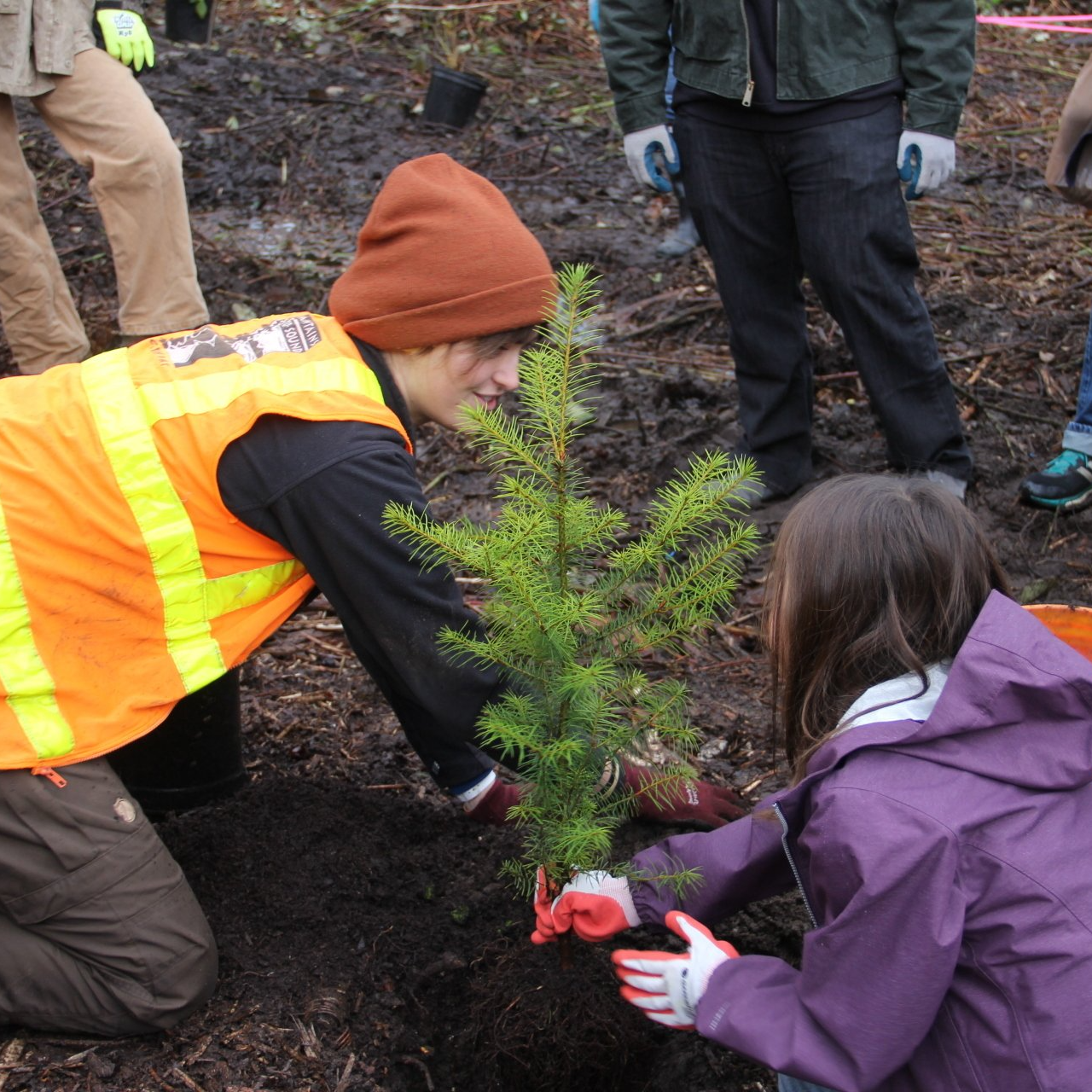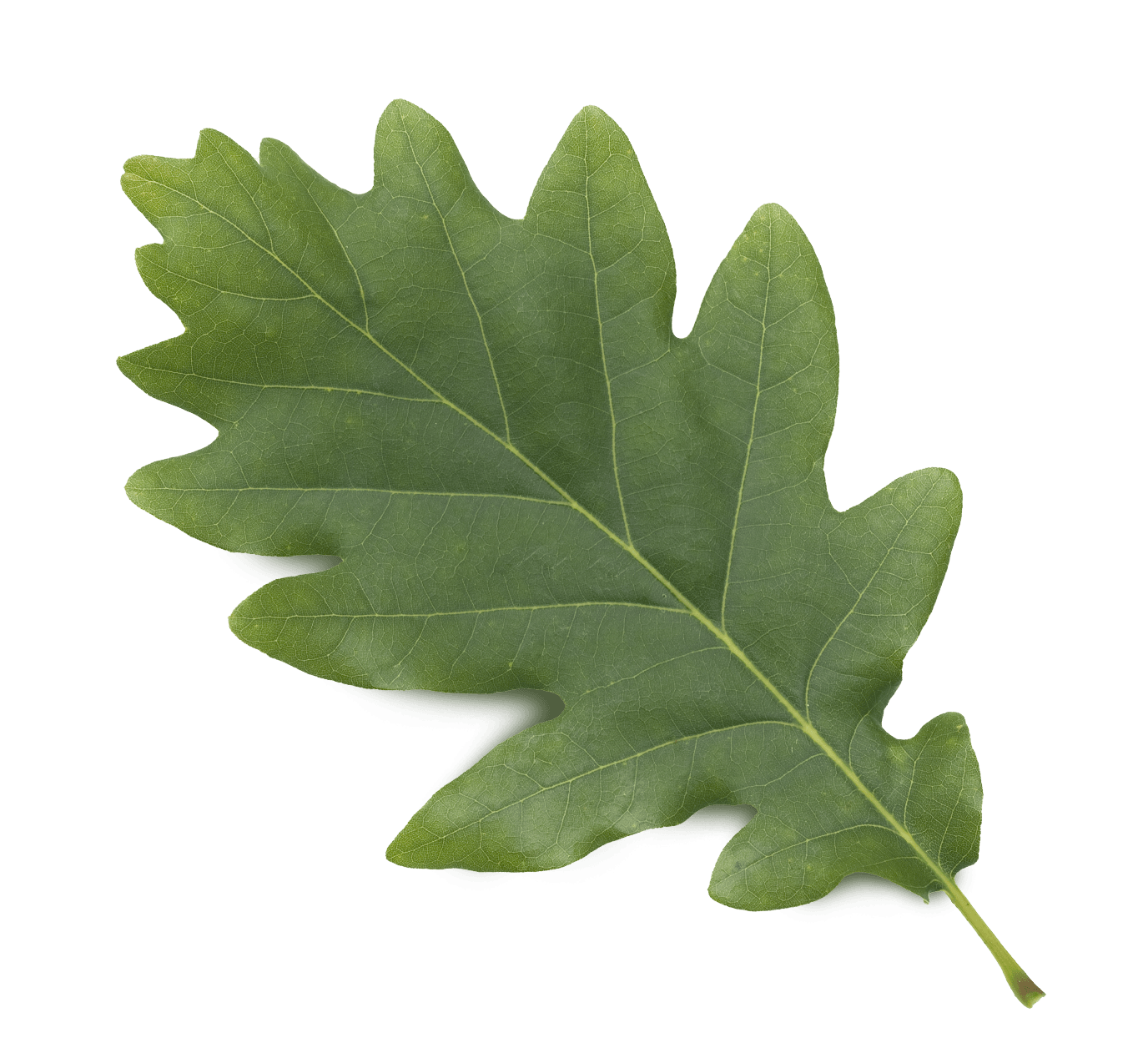Making Our World a Better Place

Health
More people are exposed to unsafe air quality today than ever before. Additionally, forest fires have led to up to 25% of PM 2.5 - a type of particulate matter air pollutant that can negatively impact people’s health. Planting trees can reduce air pollution. Reduced air pollution improves health outcomes.
Planting 31.4 million trees annually would save nearly $1.6 billion a year from things like avoided asthma-related emergency room visits. Trees and forests improve mental health and physical well-being, too. Many studies show that spending time among trees, whether exercising or simply sitting, can lower stress, blood pressure, and cortisol levels.

Wildlife
Whether in urban areas or in the wild countryside, trees provide valuable habitat for wildlife and vegetation. More than 75% of the world’s terrestrial life call forests their home. Planting trees in deforested areas helps maintain our plants biodiversity and preserves places for animals to thrive.
From common urban creatures like squirrels and deer to more reclusive species like bears and wolves, contributing to healthy forests ensures children and their children will be able to experience the same biodiversity we have today.

Reforestation
The world loses about 4.7 million hectares of forest each year. That’s roughly the size of Connecticut and Vermont combined in deforestation. Forests are lost to make room for agriculture, due to forest fires, and because of disease. Tree mortality rates have more than doubled in the Western U.S. since 1980s due to wildfire, pest, drought, and other stressors.
Reforestation helps bring back a forest that was lost. A Tree to Remember plants the tree species most suited to a region in areas where forests once stood. Each sapling is carefully selected and maintained to restore the environment in a way that benefits the community and world at large environmentally, economically, and can even impact people’s health.

Environment
Trees act as natural air filters, they produce oxygen, and reduce energy use through the shade they provide. Trees draw carbon dioxide from the atmosphere and store it as carbon as they grow helping to reduce a primary contributor to global warming. Trees help remove 17.4 million tons of air pollutants from the atmosphere. Trees planted in urban environments can cool down a city block by as much as 10 degrees.
If we planted 522 million trees, they would absorb enough carbon that it would be equivalent to taking 92 million cars off the road. Trees act as natural water filters and prevent erosion. Well-maintained urban forests help buffer high winds, control water runoff, reduce drought, help filter rainwater, and reduce stress on sewer systems that can cause sewer overflows. More than half of the drinking in the U.S. comes from forests. Planting and maintaining forests throughout the world helps improve water quality for people in cities, towns, and rural areas.

Jobs
Your tree to remember contributes to economic vitality as well as impacting wildlife, water, and air quality. Planting 31.4 million trees would support 228,000 jobs every year thereby improving economic prosperity. For each $1 million invested in forestry, 25 jobs are created or supported across a variety of sectors.
Ways Trees Care for Us
From U.S. Data
Trees can cool down a city block by as much as 10 degrees.
A 10-fold increase in heat-related deaths is expected in the Eastern U.S. by 2050.
Spending 120-300 minutes per week in the natural environment contributes to good health and subjective well-being.
A 10% increase in the number of entry level urban forestry jobs is expected from 2018 to 2028.
One tree can capture an average of 0.616 metric ton of carbon dioxide equivalent (CO2e) over its lifetime. That is equivalent to the carbon emissions from driving one car 1,500 miles.
Tree mortality rates have more than doubled in the Western U.S. since 1980 due to wildfire, pest, drought and other stressors.
Currently, as much as 26% (>55 million acres) of all National Forests are considered to be in poor or very poor forest condition. An additional 19% (>39 million acres) is considered to be moderately healthy.
On average, it costs $283 to plant an urban tree which includes the cost of initial maintenance.
Every dollar spent on planting and caring for a community tree yields benefits that are two to five times that investment.
Trees and forests in the U.S. have averted more than 850 incidences of human mortality and 670,000 incidences of acute respiratory symptoms each year.
In 2018 alone, eroding air quality was linked to nearly 10,000 additional deaths in the U.S.
Nationwide, trees reduce energy use for heating and cooling in metropolitan areas and small towns by 7.2%, on average.
Every $1 million invested in nursery capacity and operations supports 14 to 48 jobs.
Trees in cities capture 3.2% of U.S. carbon dioxide emissions annually.
Nationally, the area burned by wildfires has spiked to over 10 million acres in a single year in recent years. The two biggest fire years were 2015 and 2017, which saw more than 10 M ac burned each year.
Schools with more greenery, especially trees, have higher test scores, regardless of the students’ economic status.
New research shows that 133.9 million Americans are exposed to unsafe air quality, primarily ground-level ozone.
Reforestation, when done to its fullest potential in the Lower 48 states, can increase carbon sequestration by more than 40 percent.
Trees can help reduce surrounding air temperatures by as much as 9° F.
Urban tree shade on pavement can extend useful life of street pavement by as much as 10 years.
The annual reduction in energy bills for homes in the U.S. due to trees blocking wind and providing shade is $7.8 billion.
55% of Americans get their drinking water from forests.
U.S. forests (includes urban forests) and forest products capture and store approximately 15% of U.S carbon dioxide emissions from burning fossil fuels each year.
Urban forests in the U.S. currently store an estimated 3.4 billion metric tons of carbon dioxide equivalent, valued at $119 billion.
California has seen over 162 million trees die since 2010 due to drought and pest outbreaks alone.
People exposed to hotter temperatures, particularly where trees are sparse, can develop negative thoughts and feelings and display aggressive behavior. But, studies show that an increase in tree cover, which helps cool neighborhoods, is associated with a decrease in crime – especially violent crimes.
In U.S. urban areas, we are losing one tree for every two trees established.

